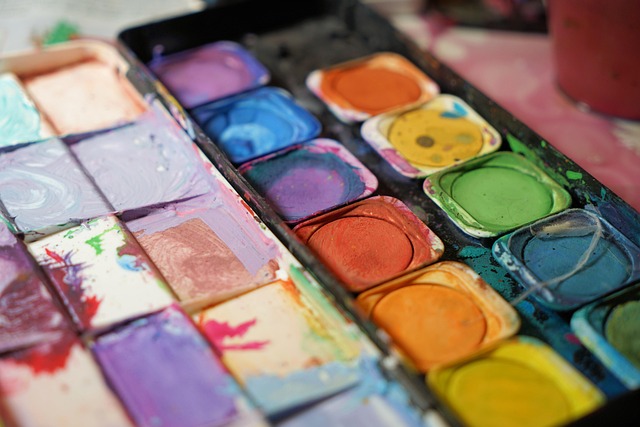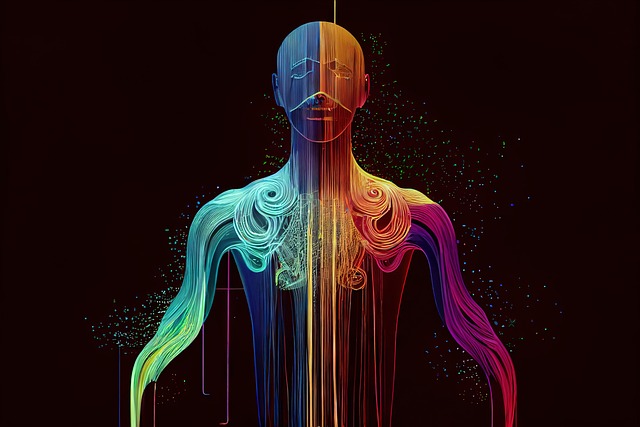Mastering Background Design: A Key Element in Graphic Art and Design
When you think of graphic art and design, what often comes to mind? The bold, eye-catching images that draw you in? The intricate details that speak volumes? While these elements are undeniably important, there’s one foundational aspect that often gets overlooked: background design. A well-crafted background serves as the unsung hero of any visual composition, playing a crucial role in elevating the overall aesthetic and emotional impact of a piece.
Consider this: when you enter a gallery filled with stunning paintings, what captures your attention? It’s not just the subjects or the vibrant colors, but equally, the background. It frames the art, sets the mood, and guides your eye to the focal point. In graphic design, the same principle applies. A thoughtfully designed background enhances the primary message, creating harmony in the visual dialogue. This aspect can make or break a design, whether it’s a website, poster, or branding material.
The Art of Background Design
Creating an effective background is an art form in itself. It requires a deep understanding of color theory, texture, and composition. Each choice should be intentional, serving to enhance or complement the main subject rather than compete with it. For instance, a soft gradient or a subtle texture can bring depth and interest without overwhelming the viewer. On the other hand, a cluttered or distracting background can dilute the message, leaving the audience confused instead of captivated.
As artists and designers, the challenge is to find that perfect balance. You want your background to evoke emotion—whether it be tranquility, excitement, or inspiration—while ensuring that it aligns seamlessly with the overall vision of the piece. This is where experimentation comes into play. Don’t shy away from trying various techniques, from watercolor washes to digital abstractions. Embrace the process of trial and error; sometimes, the most unexpected backgrounds can become the standout elements of your design.
Designing for Different Mediums
In the world of digital design, the rules of background design can shift depending on the medium. For print, you might need to consider bleed areas and color profiles, while for web design, the focus shifts to responsiveness and loading times. Yet the core principles remain the same. Always keep your target audience in mind. A vibrant, engaging background may work well for a children’s project but might not suit a corporate newsletter. Tailoring your background to fit the tone and style of your project is essential for effective communication.
Moreover, backgrounds shouldn’t be static. They can evolve and change dynamically, especially in digital platforms. As you explore motion graphics or interactive design, consider how backgrounds might convey movement, depth, and storytelling. The possibilities are endless, limited only by your imagination.
Your journey in mastering background design not only enhances your skills as a graphic artist but also enriches the viewer’s experience. The next time you set out to create a visual masterpiece, take a moment to reflect on the background. It’s more than just a canvas; it’s a vital storyteller in your art and design narrative. Your audience deserves to feel immersed and connected, and your background design holds the key to unlocking that transformative experience.




